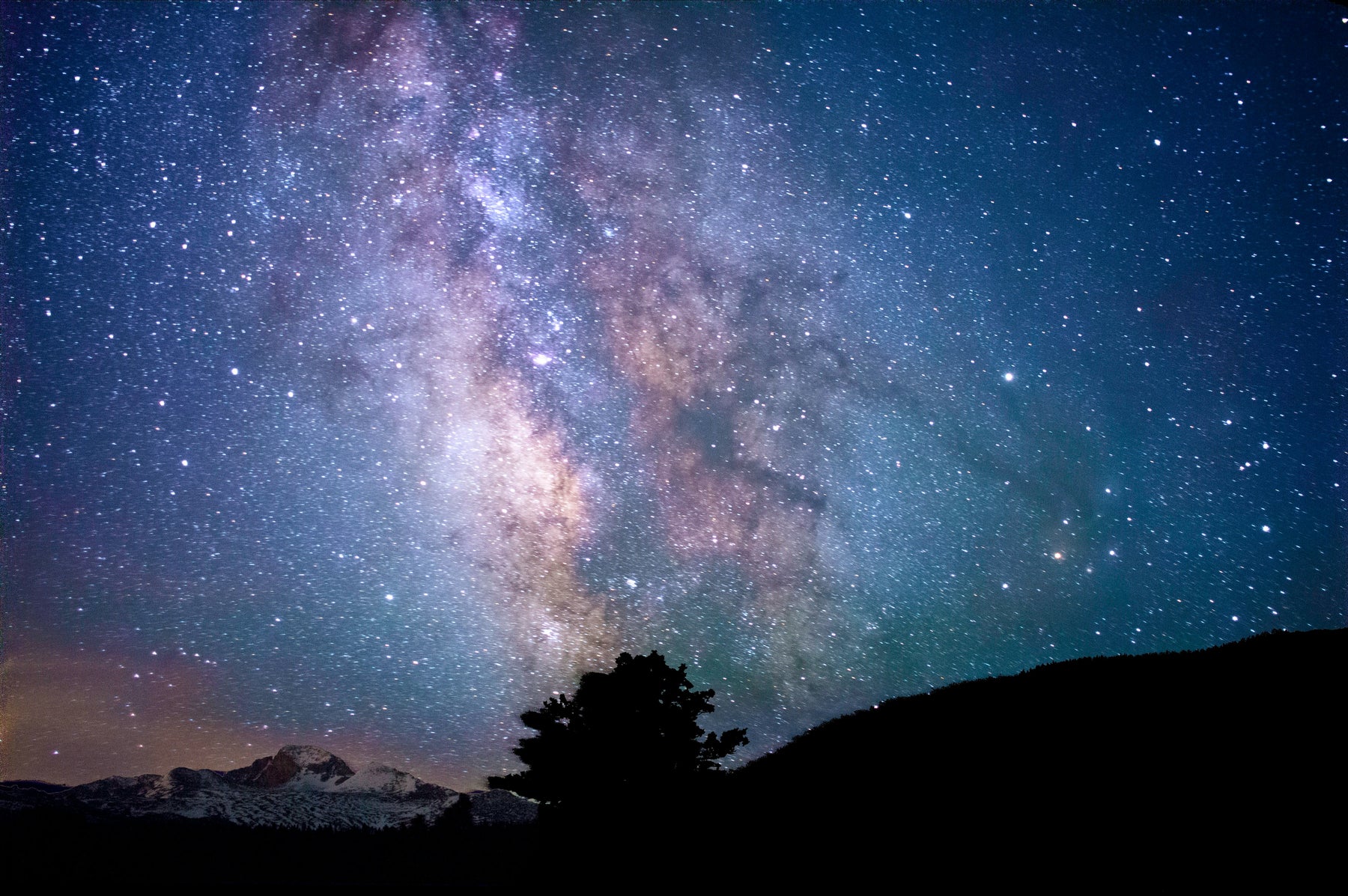
Which Telescope for Astrophotography?
Astrophotography lets you capture the beauty of the night sky, from bright stars to distant galaxies.
But if you're just getting started, you might wonder, which telescope for astrophotography is best?
Choosing the right one can make all the difference in how clear and detailed your photos turn out.
In this post, we’ll go over what makes a telescope good for astrophotography, discuss reflector versus refractor types, and see if any telescope can work for this hobby. Whether you’re a beginner or have some experience, these insights will help you make an informed choice.
Which Telescope for Astrophotography?

When it comes to selecting the right telescope for astrophotography, the main factors to consider are aperture size, focal length, and stability.
-
Aperture – The aperture size is the diameter of the telescope’s main lens or mirror, which determines how much light it gathers. A larger aperture allows more light to enter, resulting in brighter, more detailed images. For astrophotography, an aperture of at least 80mm is recommended for capturing clear photos of planets and deep-sky objects.
-
Focal Length – Focal length affects magnification and field of view. Shorter focal lengths give a wider field of view, making them great for capturing large areas of the sky, such as the Milky Way or galaxy clusters. For example, a focal length of around 400mm to 600mm is ideal for wide-angle shots, while 1000mm or longer is better for zooming in on planets or individual objects.
-
Mount and Stability – A stable mount is essential because astrophotography requires long exposures to capture enough light. The mount should be steady to avoid any blurring or star trails. Equatorial mounts (often called “EQ mounts”) are the most popular for astrophotography, as they help keep your telescope aligned with the rotation of the Earth, making it easier to track objects over time.
-
Portability – Consider how often and where you’ll be taking your telescope. If you’re heading to dark-sky areas, a lighter, more portable telescope might be better. Portable telescopes are easier to set up and transport, but they may have smaller apertures and shorter focal lengths.
To sum up, the best telescope for astrophotography balances aperture size, focal length, and a reliable mount.
Models like the Sky-Watcher Evostar 80ED (refractor) or Celestron NexStar 8SE (reflector) are often recommended because they combine quality optics with user-friendly designs.
Is a Reflector or a Refractor Better for Astrophotography?

The choice between a reflector and a refractor telescope depends on what you want to capture and your budget. Here’s a quick comparison:
-
Reflector Telescopes – Reflectors use mirrors to collect light and generally have larger apertures, which means they gather more light and can reveal more details in deep-sky objects. They are often more affordable for larger sizes, making them popular for deep-sky astrophotography. However, they require regular maintenance (like mirror alignment) and can be bulky, which might make them less convenient for beginners.
-
Refractor Telescopes – Refractors use lenses instead of mirrors, making them more compact and low-maintenance. They’re known for producing sharp, high-contrast images, which is especially useful when photographing planets, the Moon, and other bright objects. Although they tend to be more expensive per inch of aperture, refractors are easy to set up and are usually very portable, making them great for those who prefer convenience.
In general, if you’re interested in wide-field images or close-ups of bright objects, refractors are a great choice. For deep-sky photos with more detail, a reflector might be better.
If budget allows, you might consider an apochromatic (APO) refractor for superb image quality without color distortion, though they come at a higher price.
Can You Do Astrophotography With Any Telescope?
![]()
Technically, you can try astrophotography with any telescope, but the results will vary significantly based on the type of telescope and its features. Here’s a look at what to expect with different setups:
-
Basic Telescopes and Short-Exposure Shots – If you have a basic telescope with a manual mount, you can still take photos of the Moon and bright planets. Short-exposure shots (a few seconds or less) work best since these don’t require the telescope to track objects as they move across the sky. You can use your smartphone or a basic camera to take pictures by holding it up to the eyepiece, though the quality will be limited.
-
Telescopes with Motorized Mounts – If your telescope has a motorized mount, especially a Go-To or equatorial mount, you’ll be able to take longer exposure photos, which capture more details. With this setup, you can photograph fainter objects like nebulae and galaxies. Motorized mounts adjust automatically to track celestial objects, allowing you to take clearer images.
-
DSLR or Mirrorless Cameras with Tracking Mounts – If you want to go beyond a basic setup, consider attaching a DSLR or mirrorless camera to your telescope. This setup requires an adapter and a tracking mount, but it’s ideal for capturing high-quality images. With a telescope suited for astrophotography, like a reflector or refractor with good optics, this setup can give you stunning results.
While any telescope can help you get started, a telescope with a stable, motorized mount and good optics will make a big difference in the quality of your astrophotography.
Conclusion
Choosing which telescope for astrophotography is best depends on what you want to capture, your budget, and how much you’re willing to invest in equipment.
Reflector telescopes are great for deep-sky images, while refractors offer sharp, high-contrast views of planets and the Moon.
While you can start with almost any telescope, having one with good optics, a motorized mount, and a suitable focal length will help you capture clearer, more detailed photos.
With the right setup, you’ll be ready to start exploring and photographing the beauty of the night sky.

